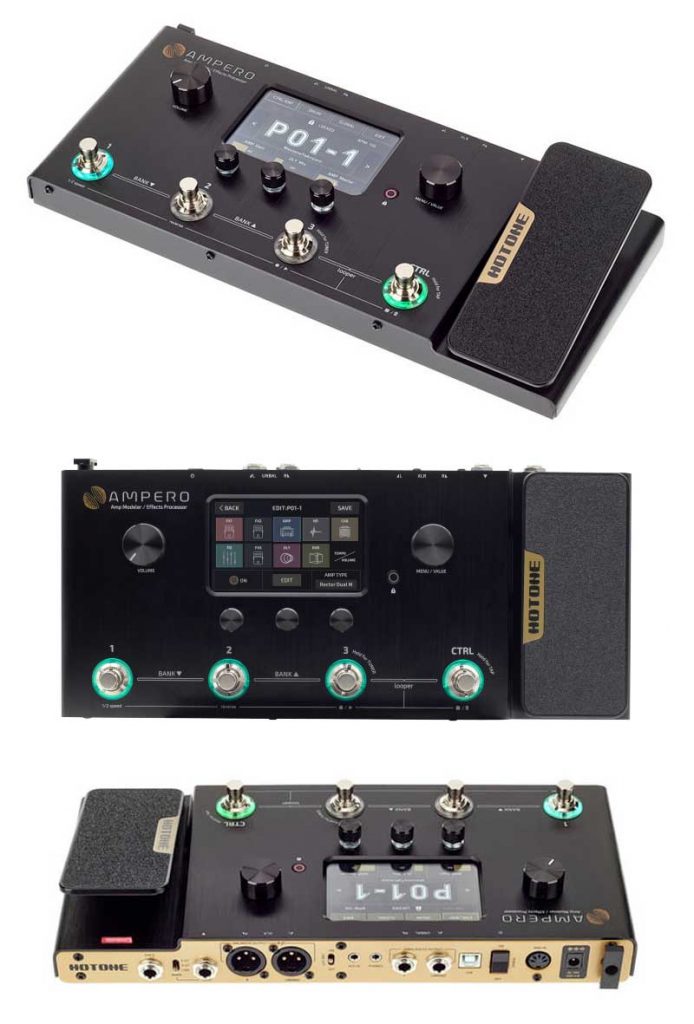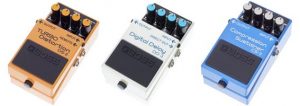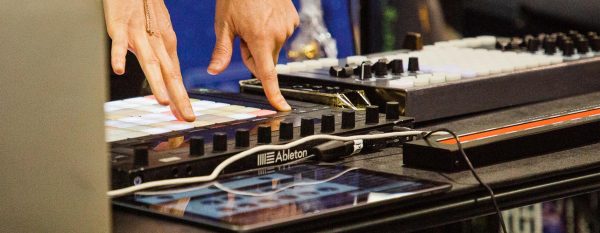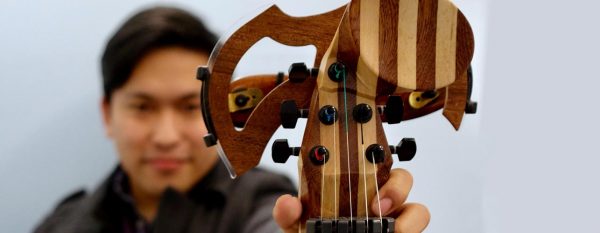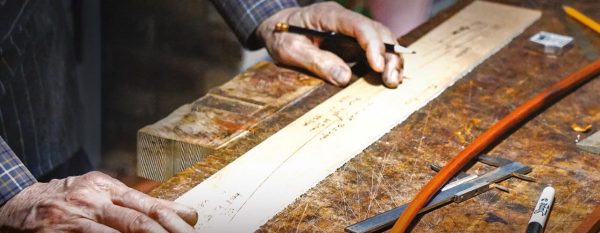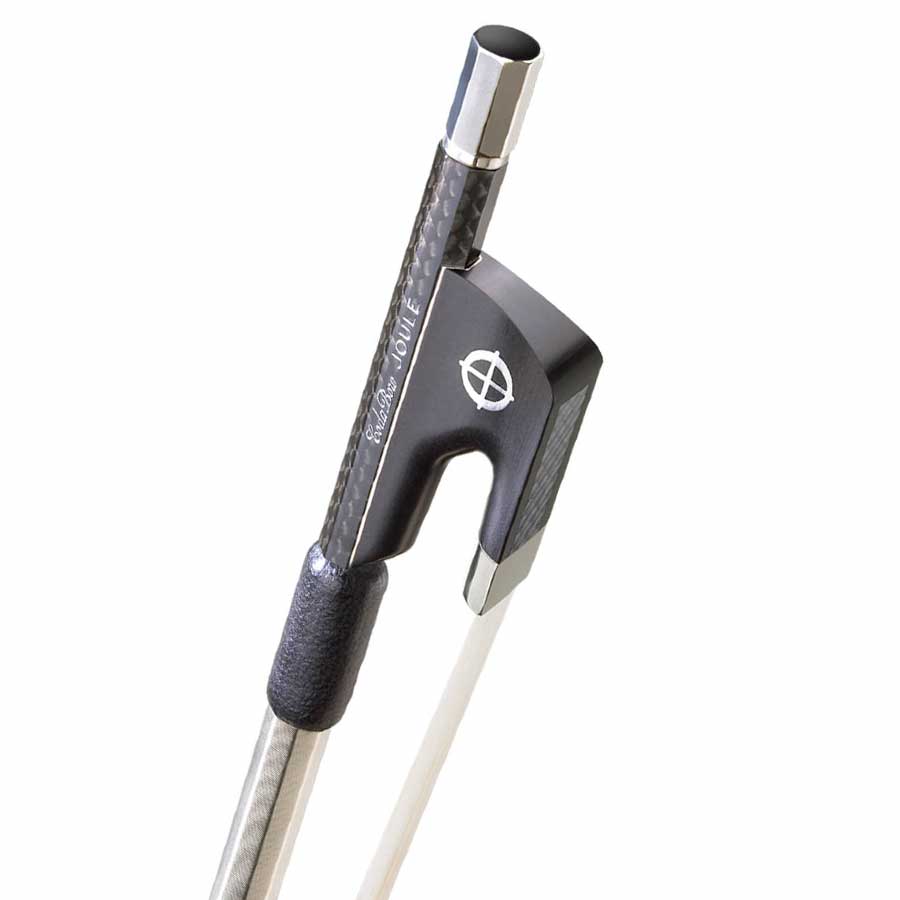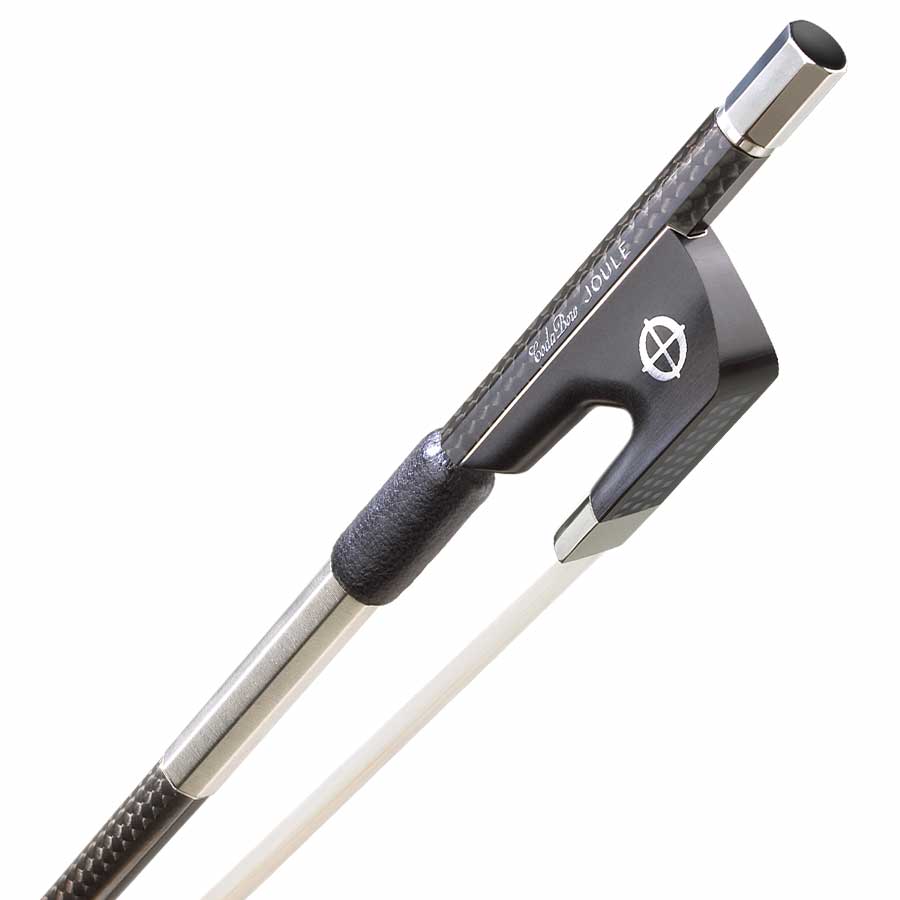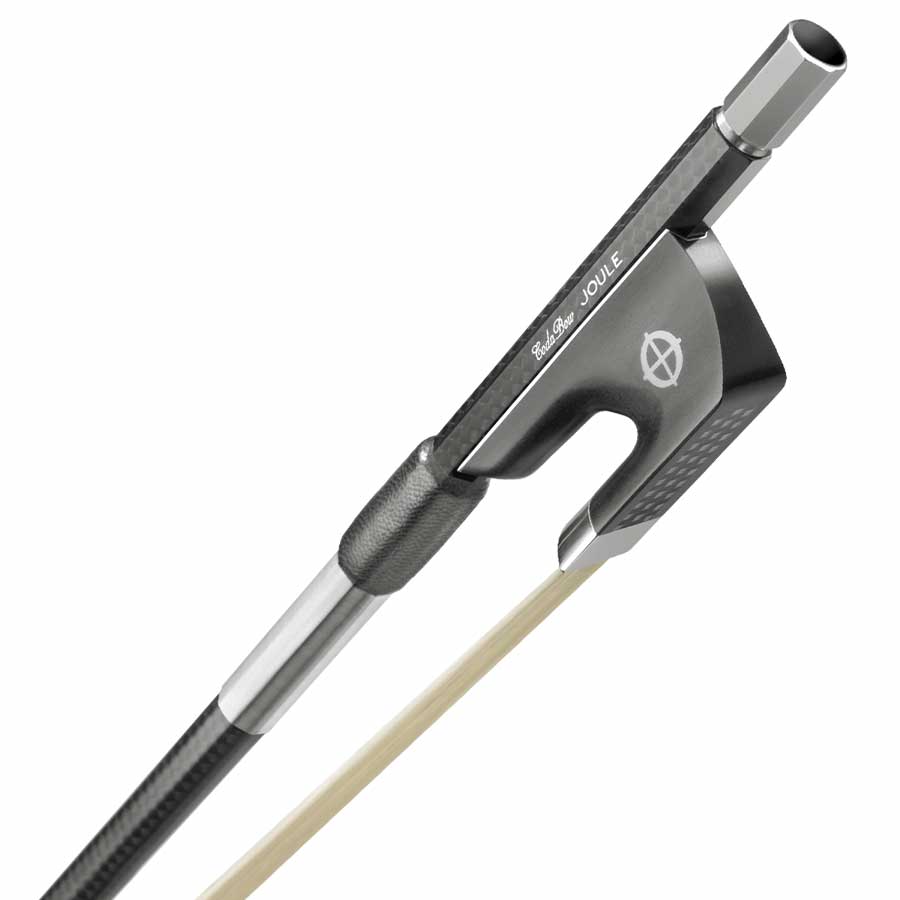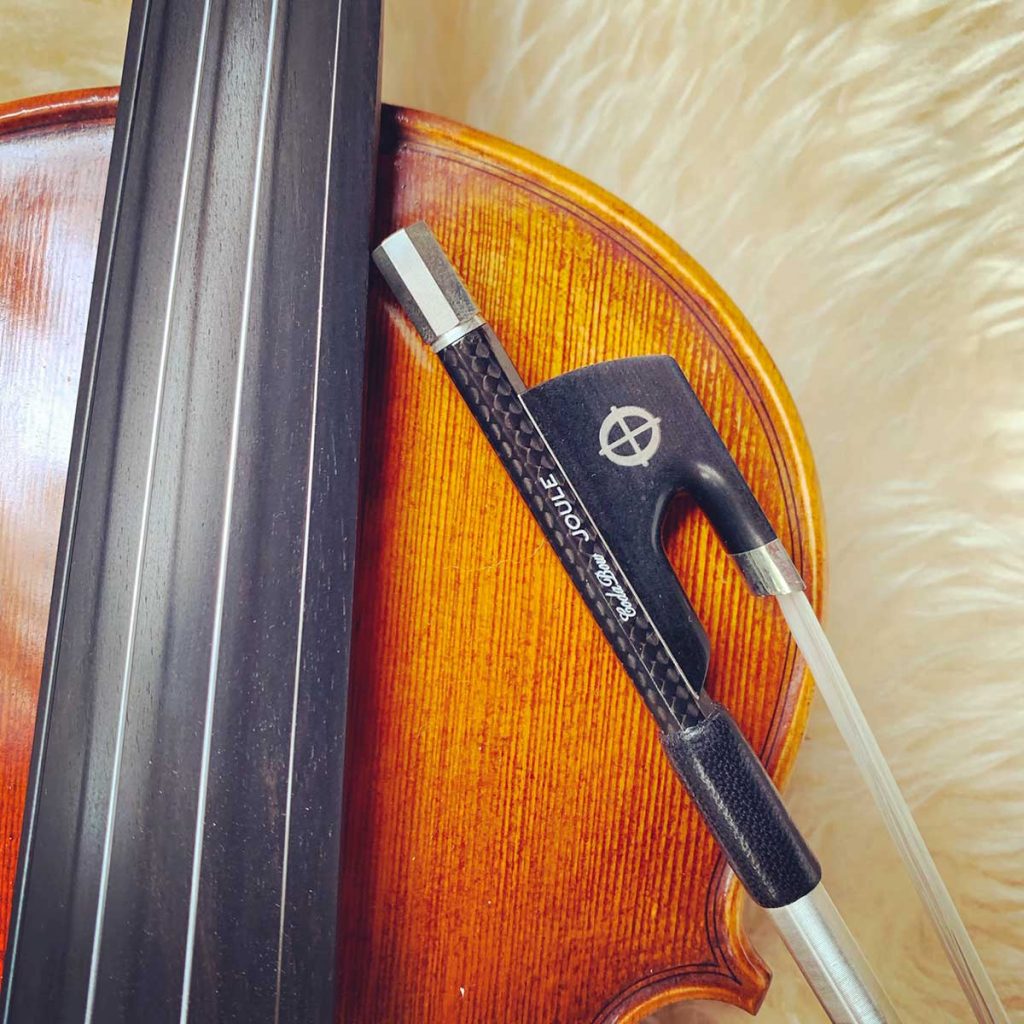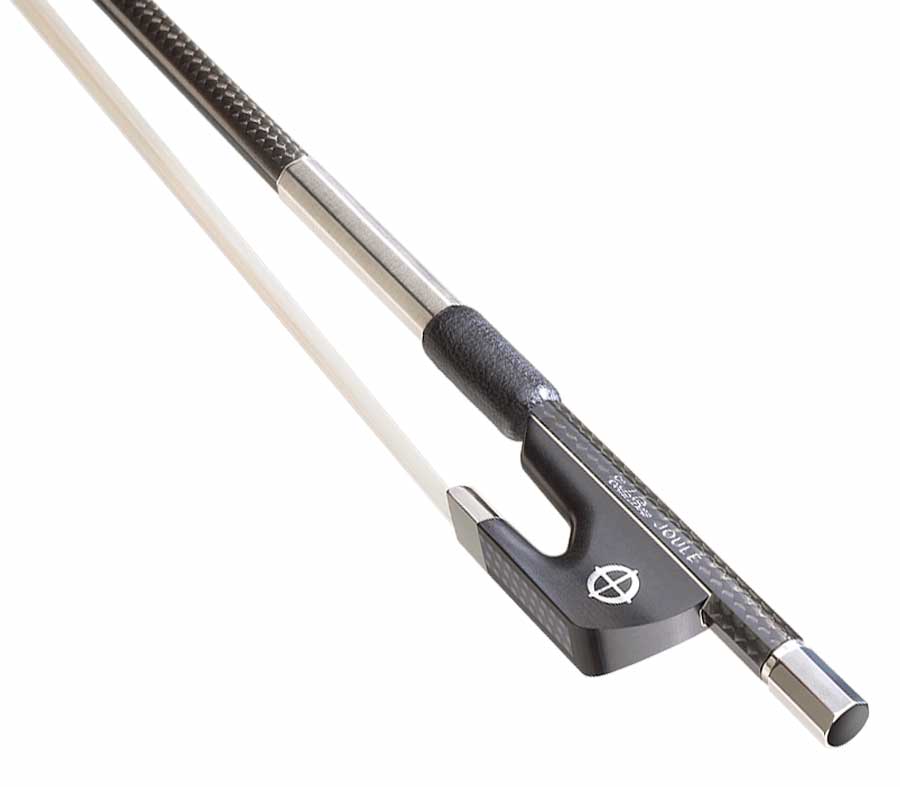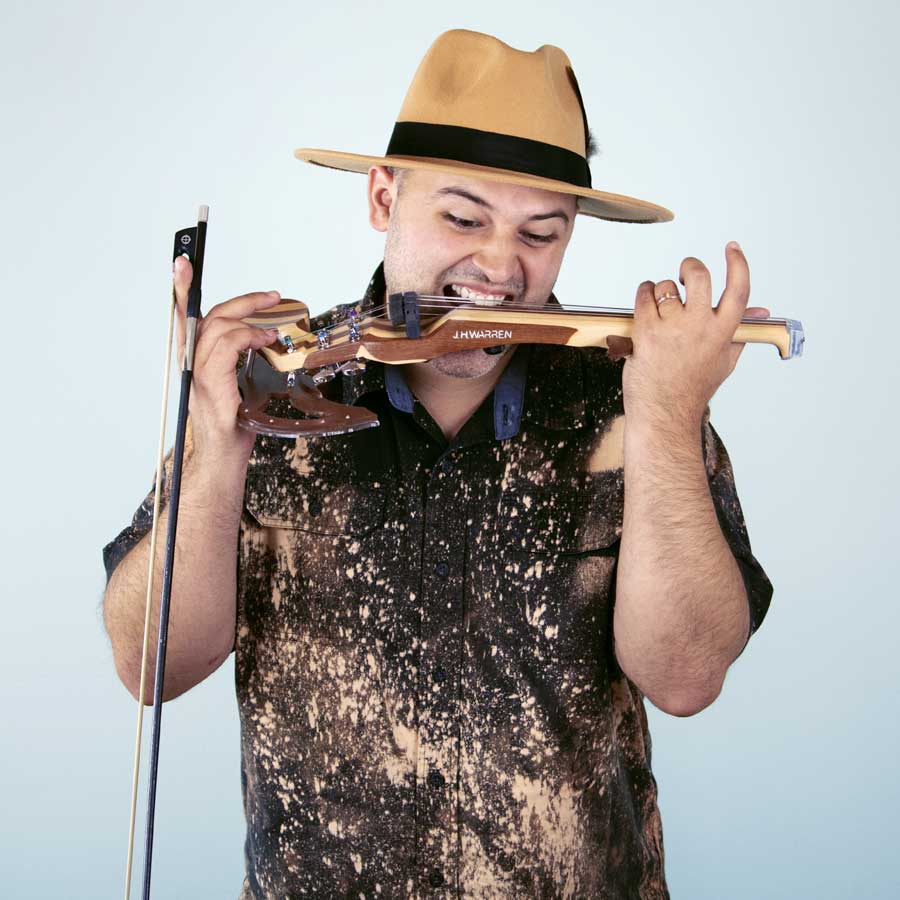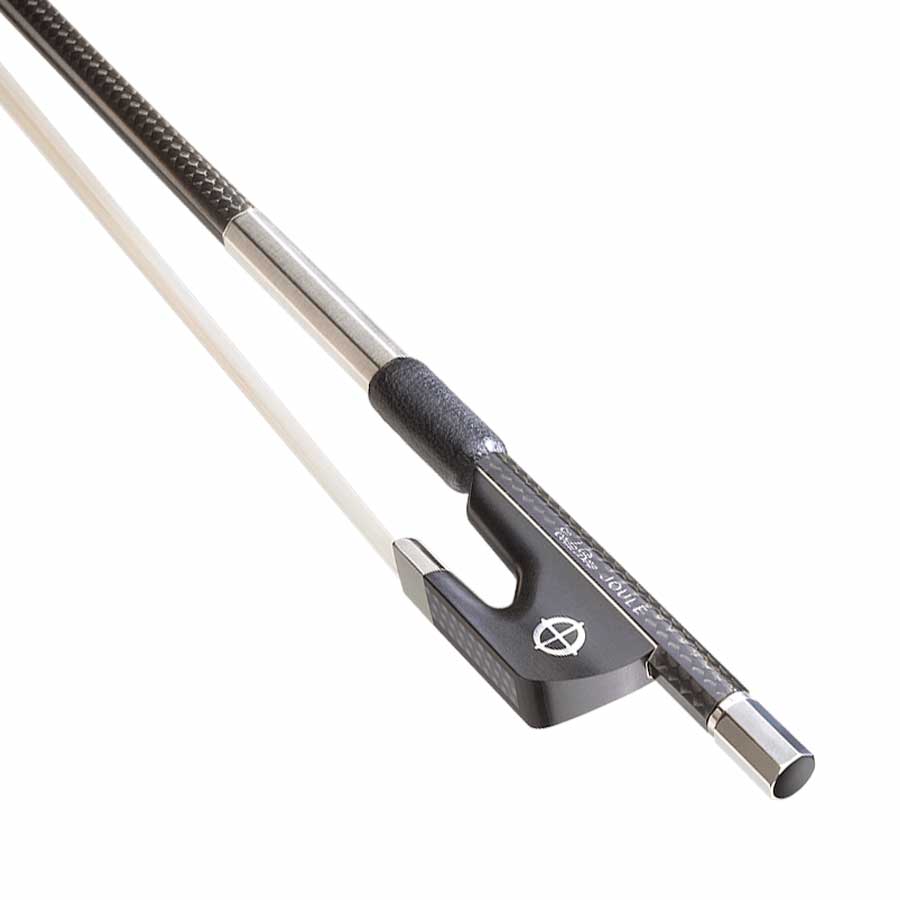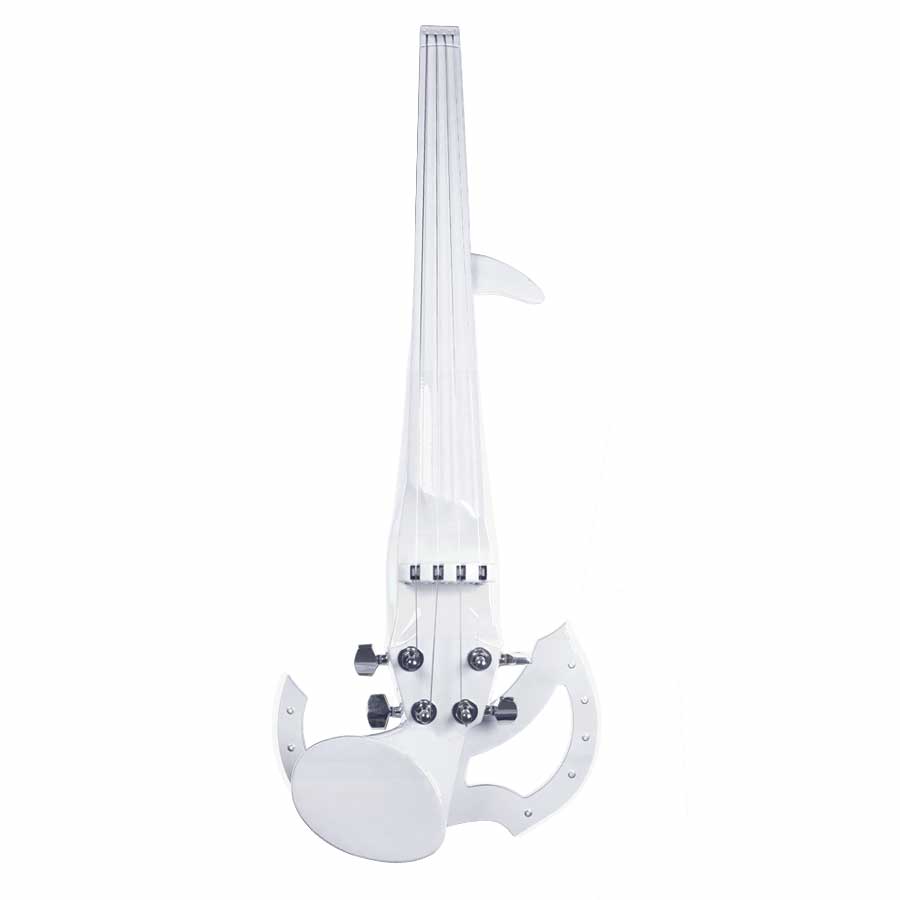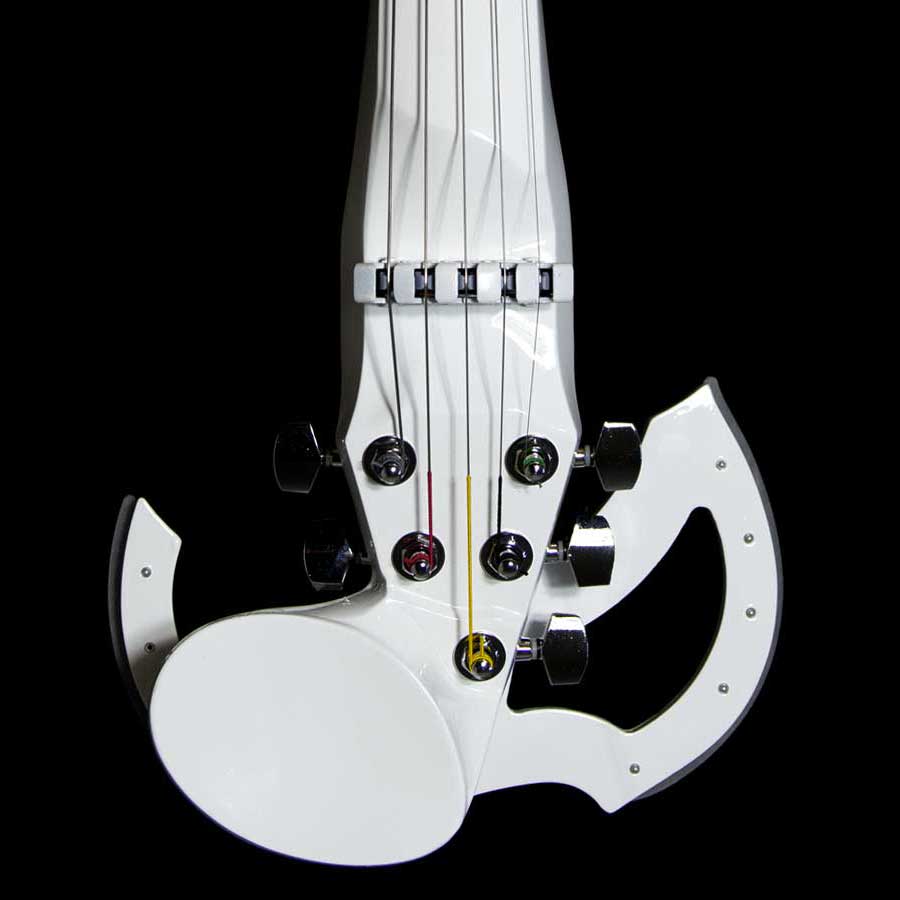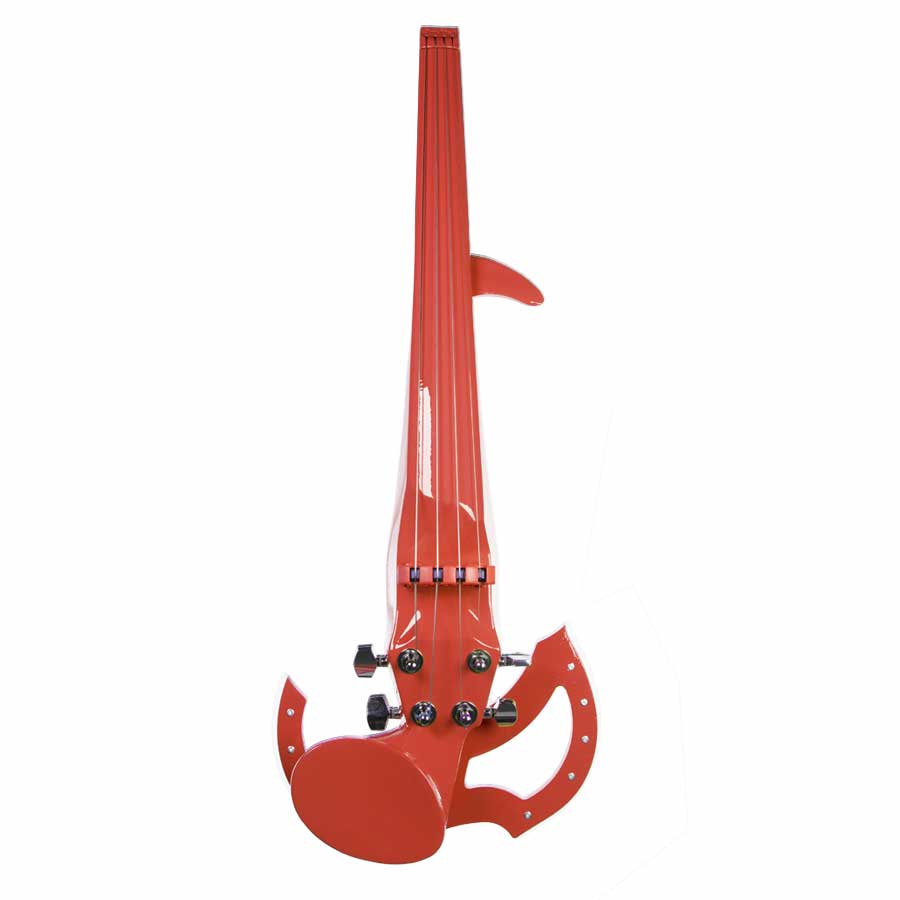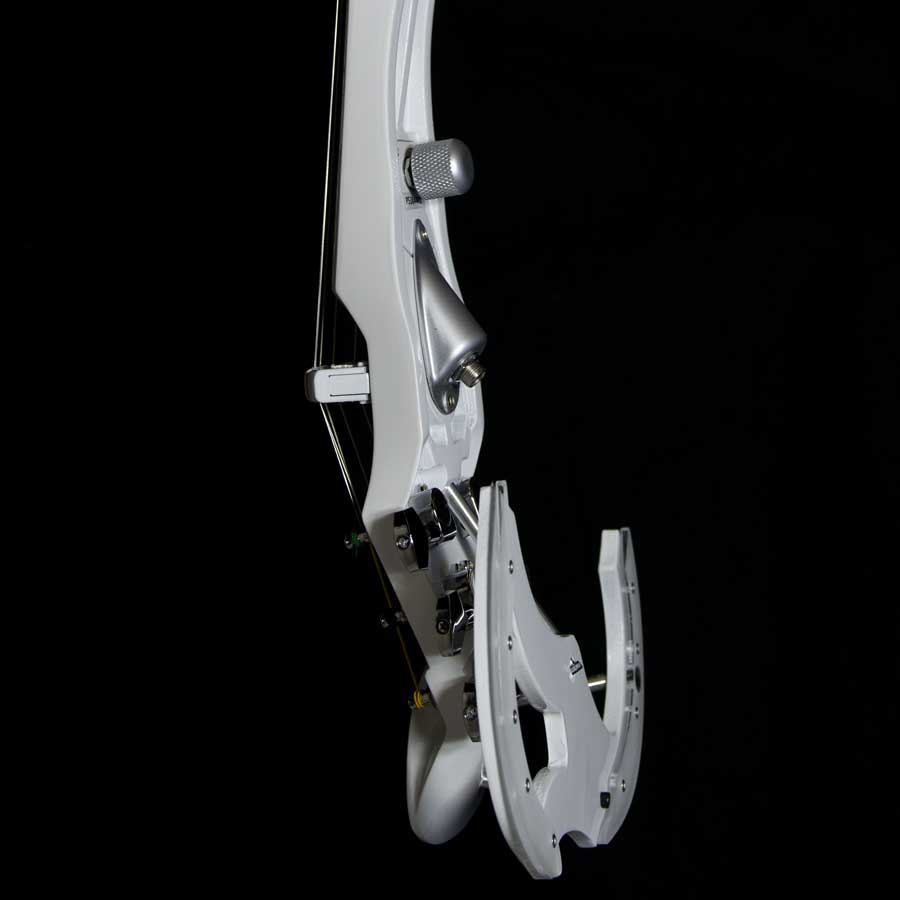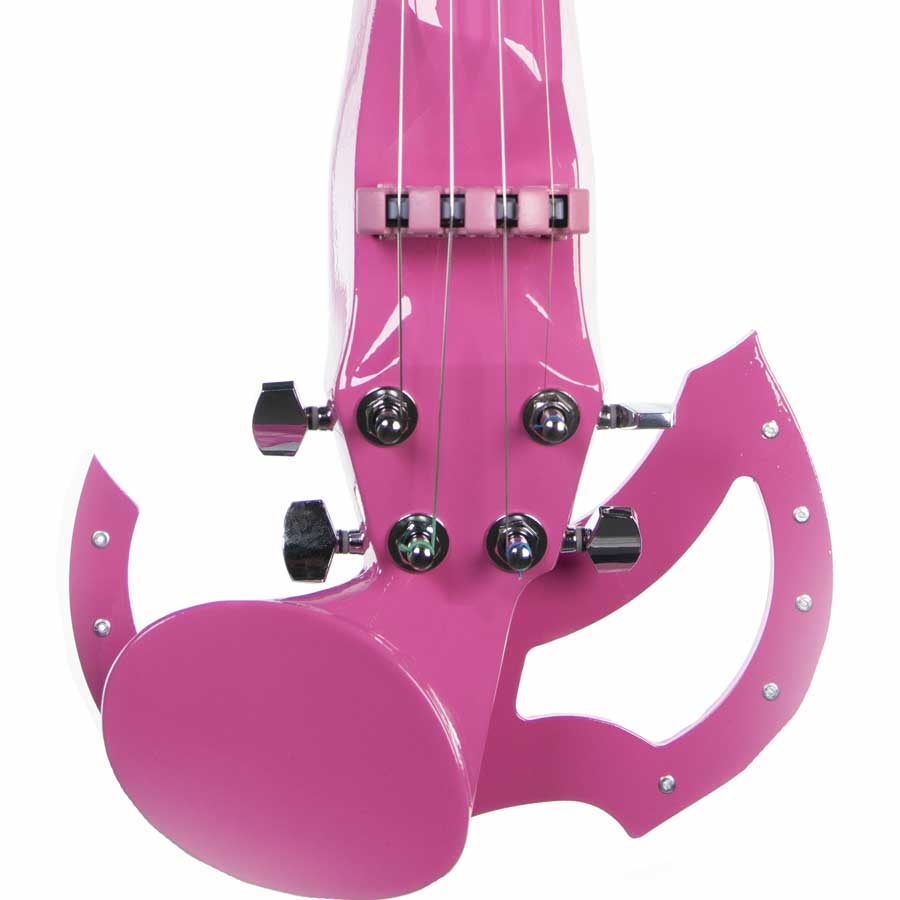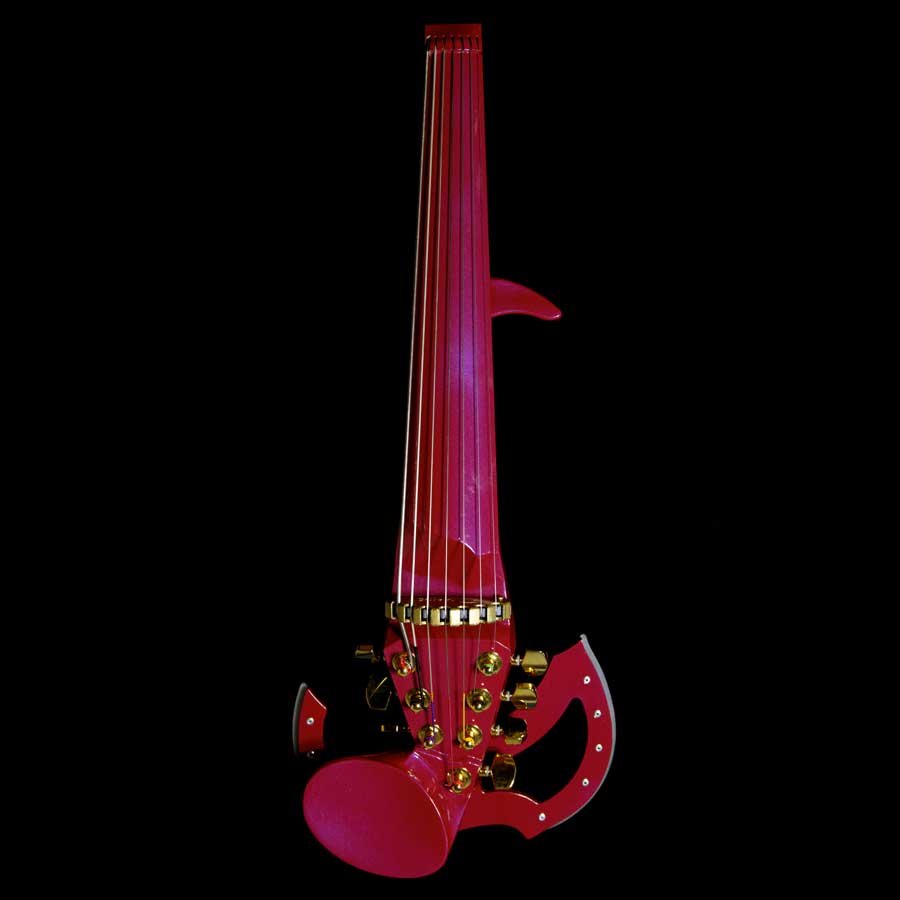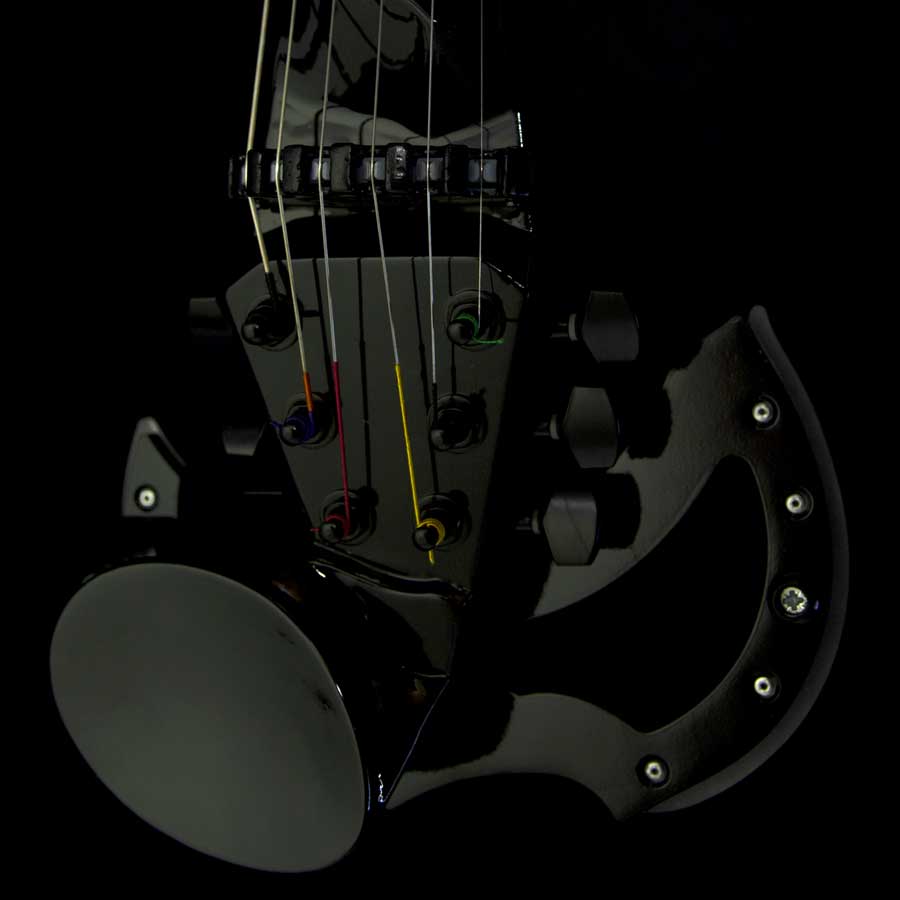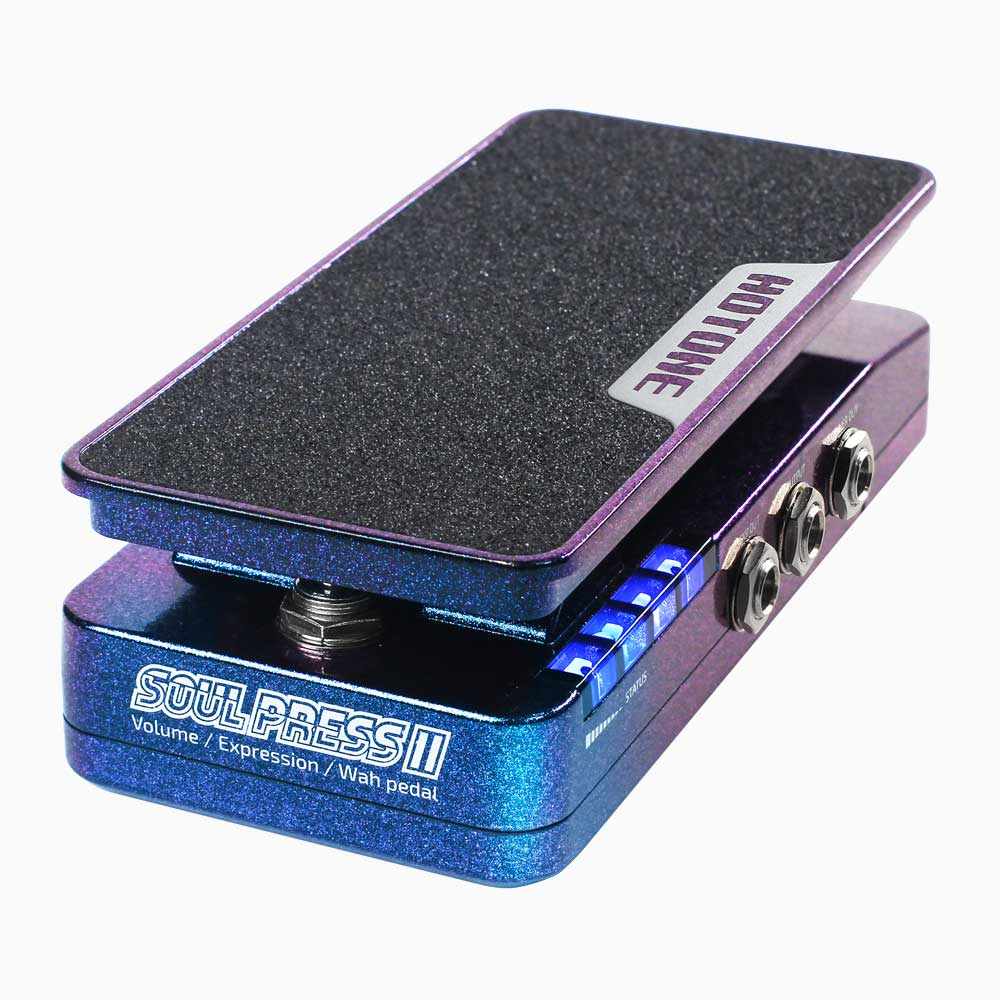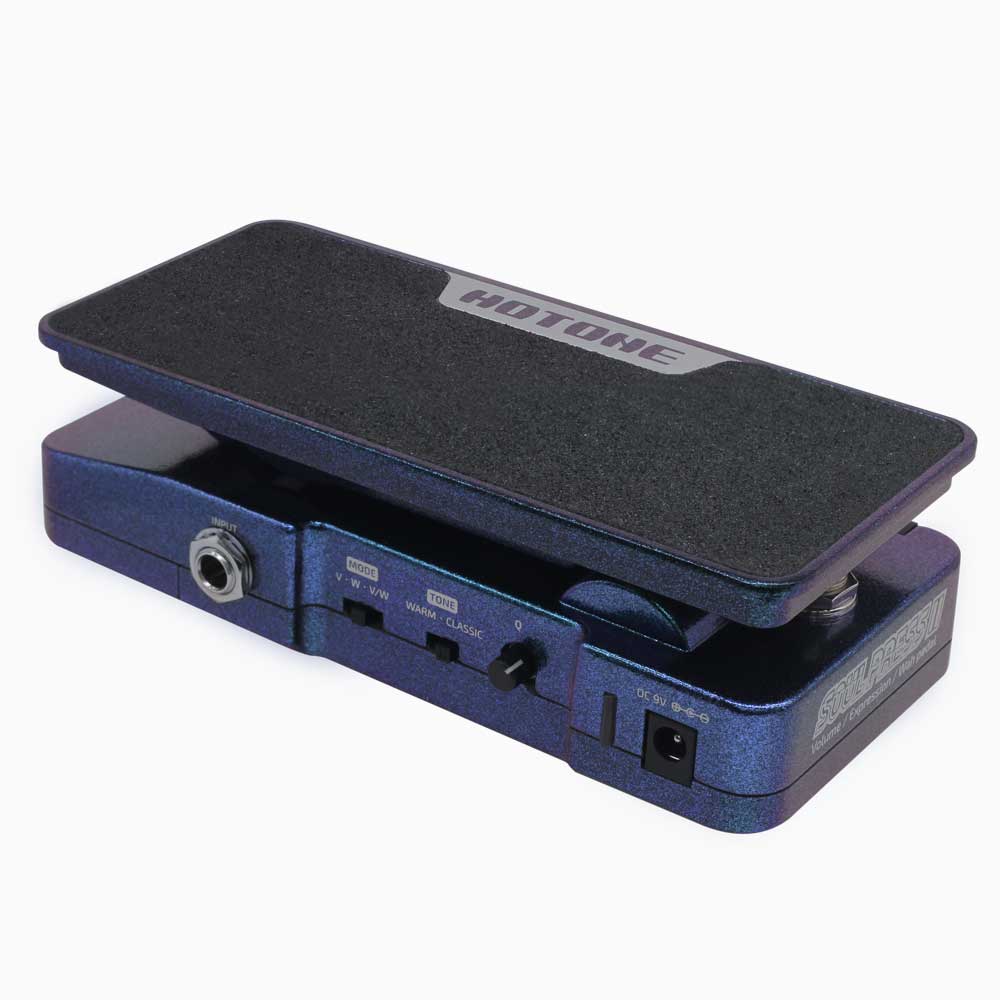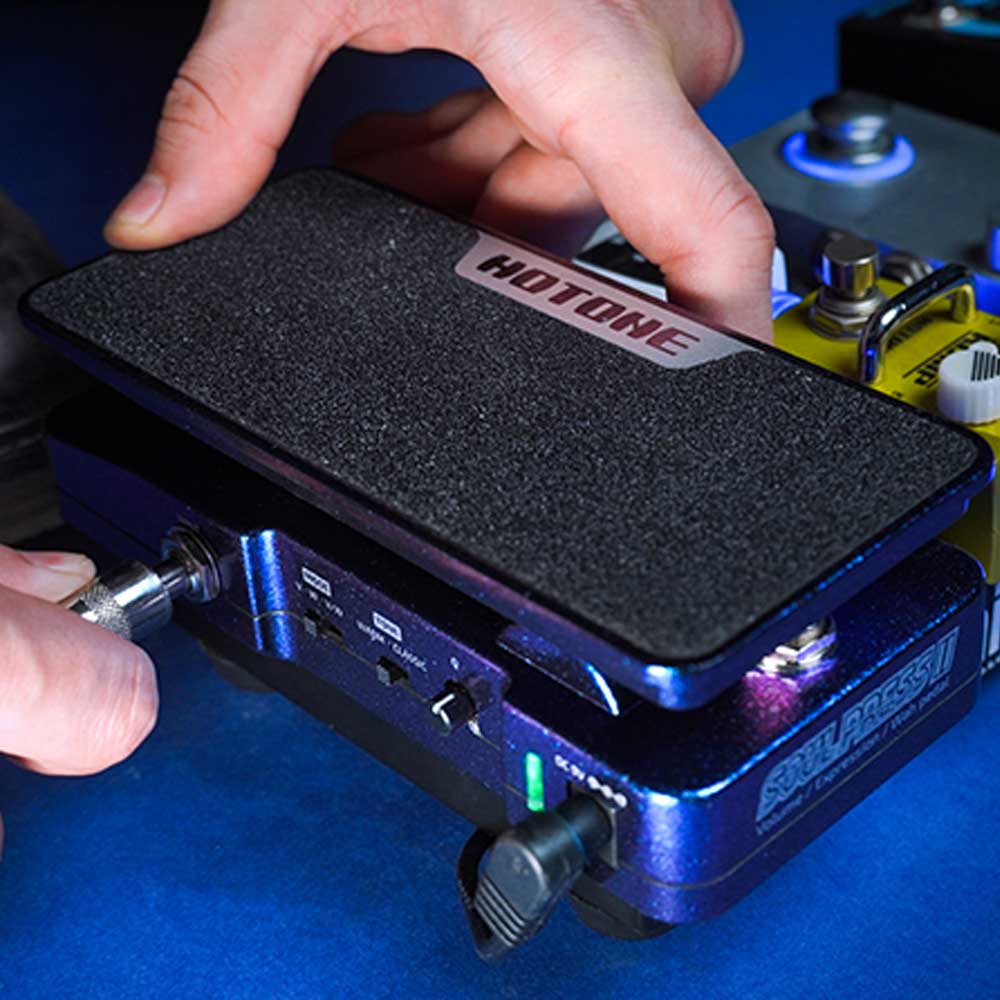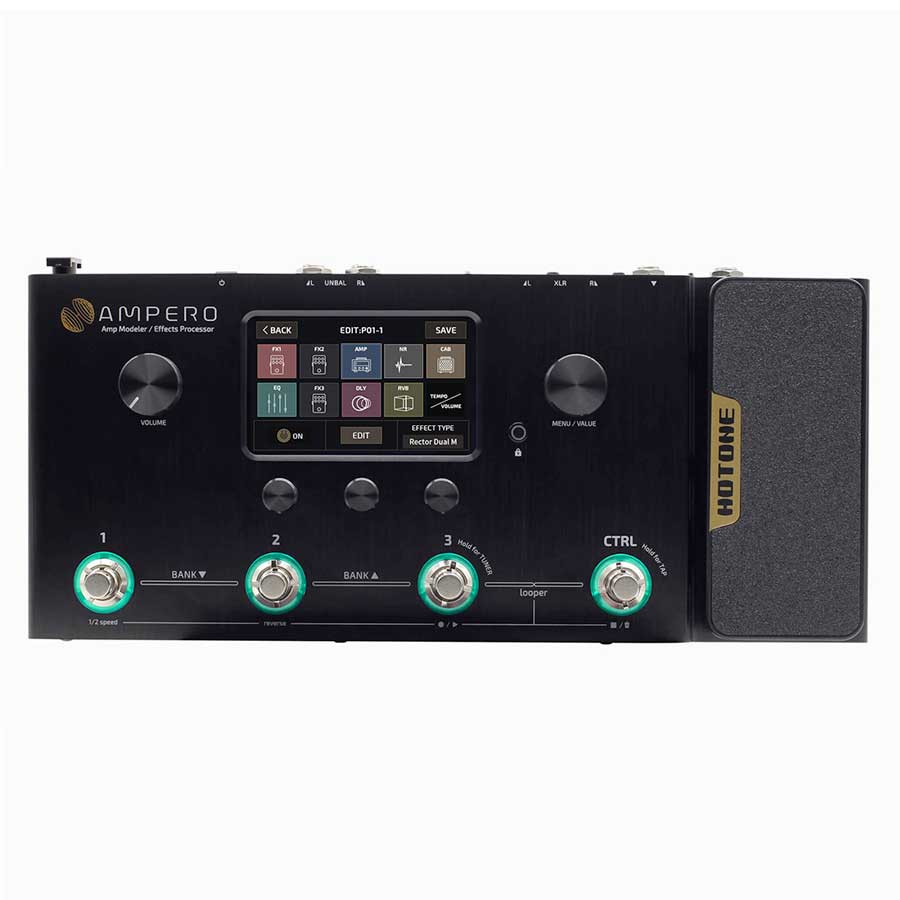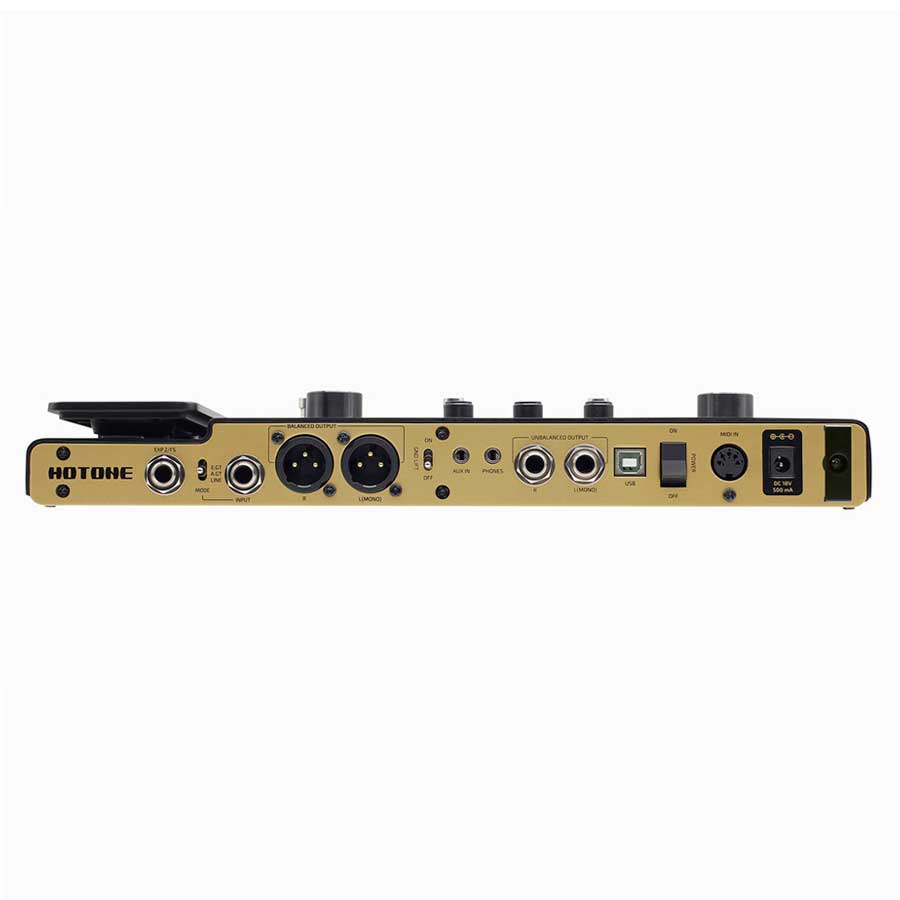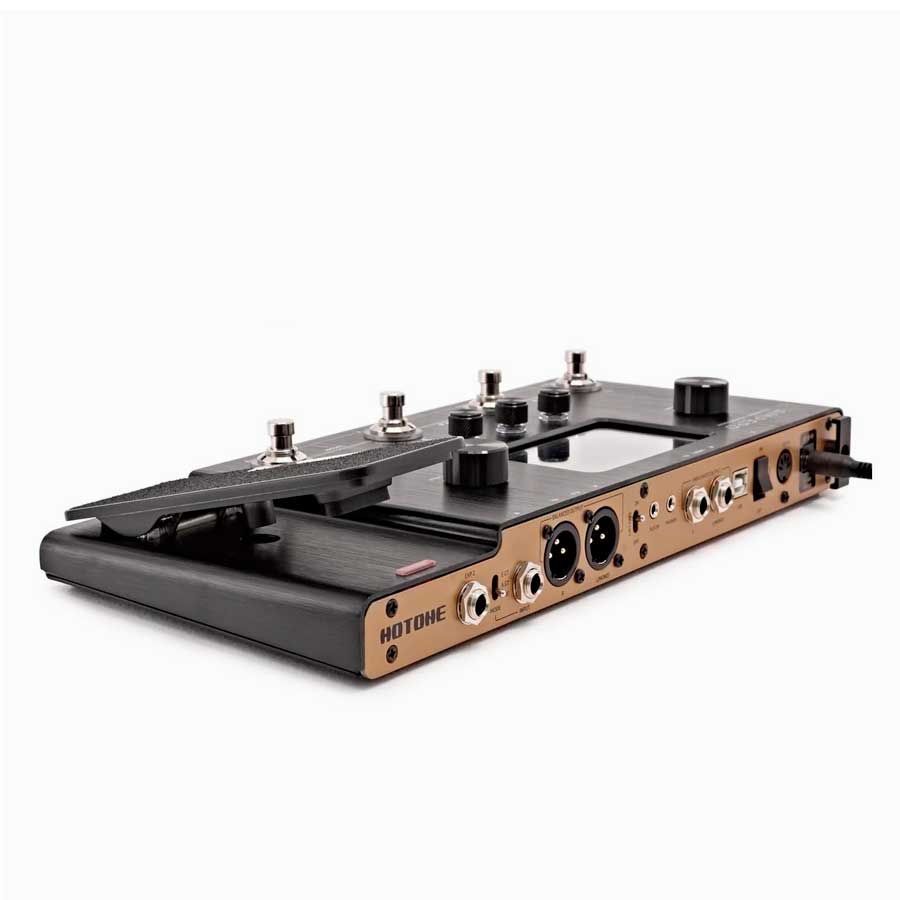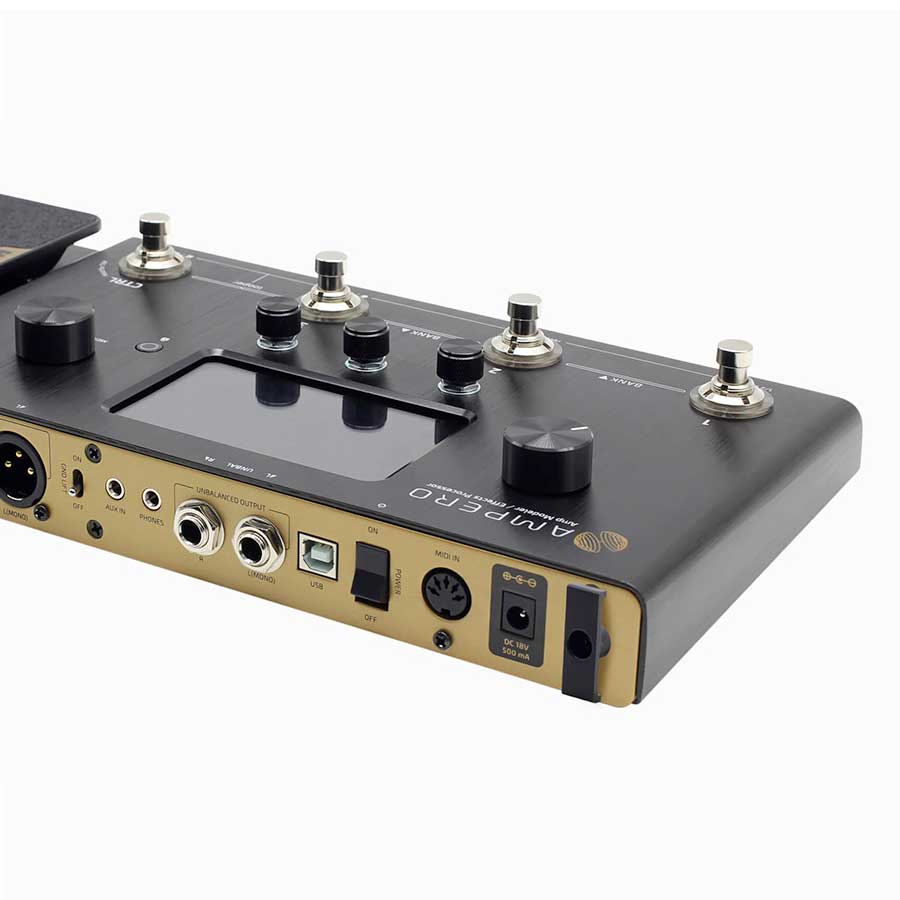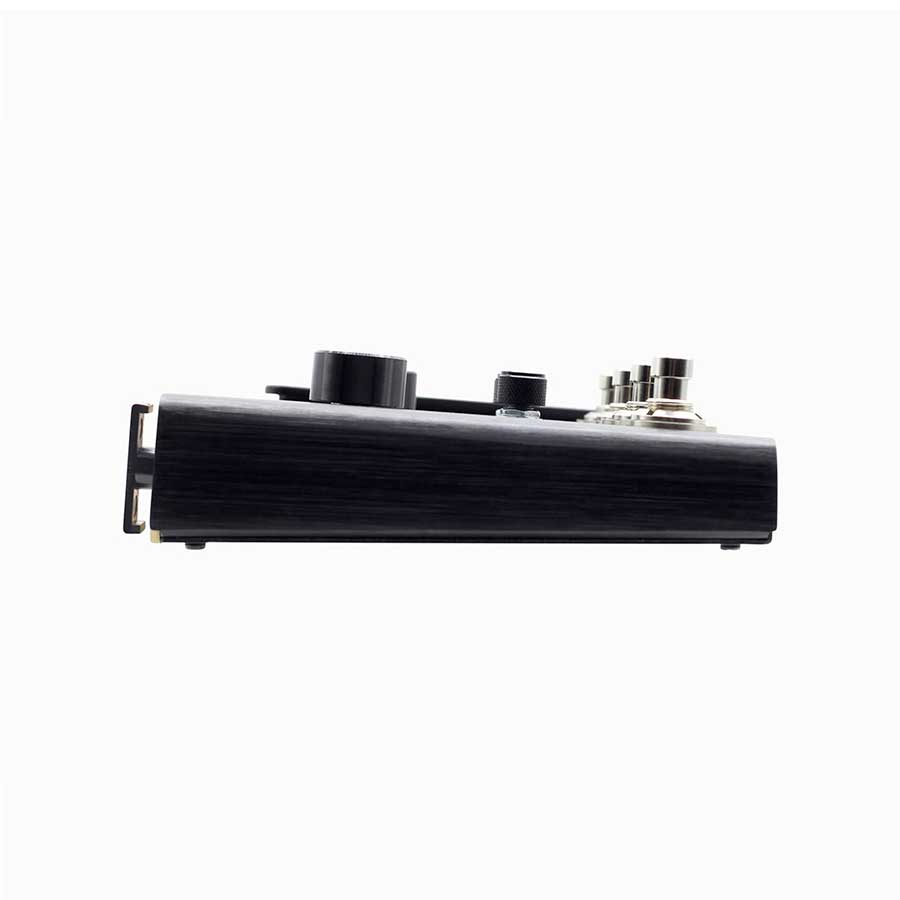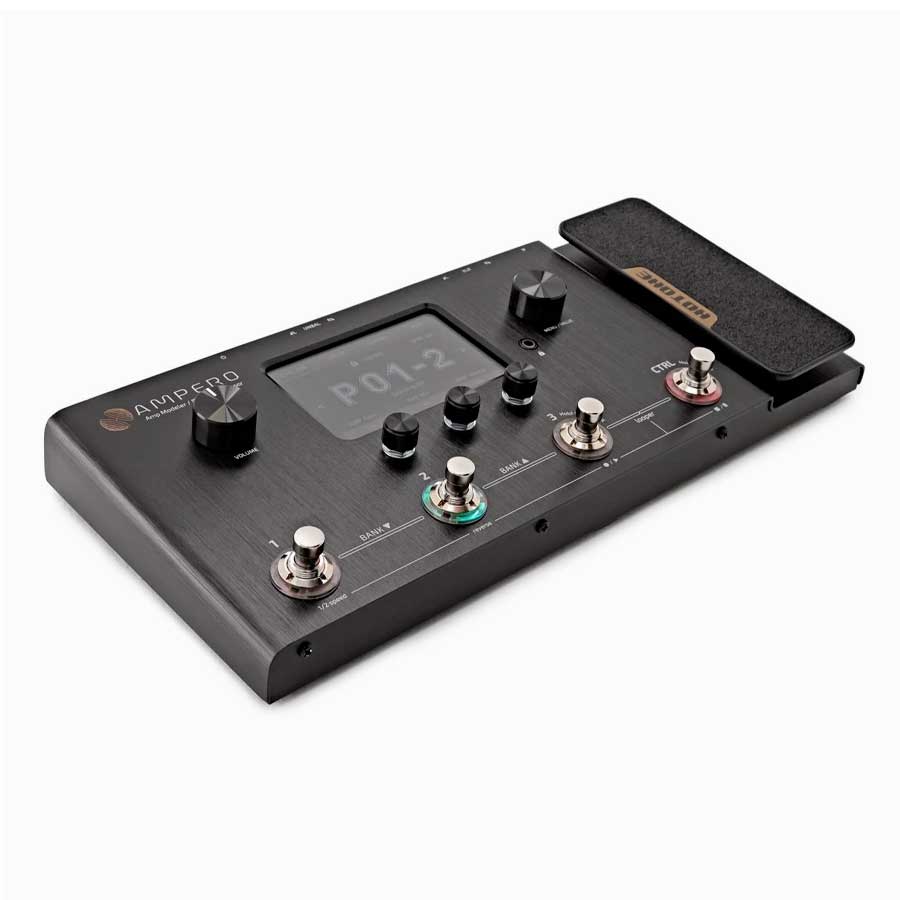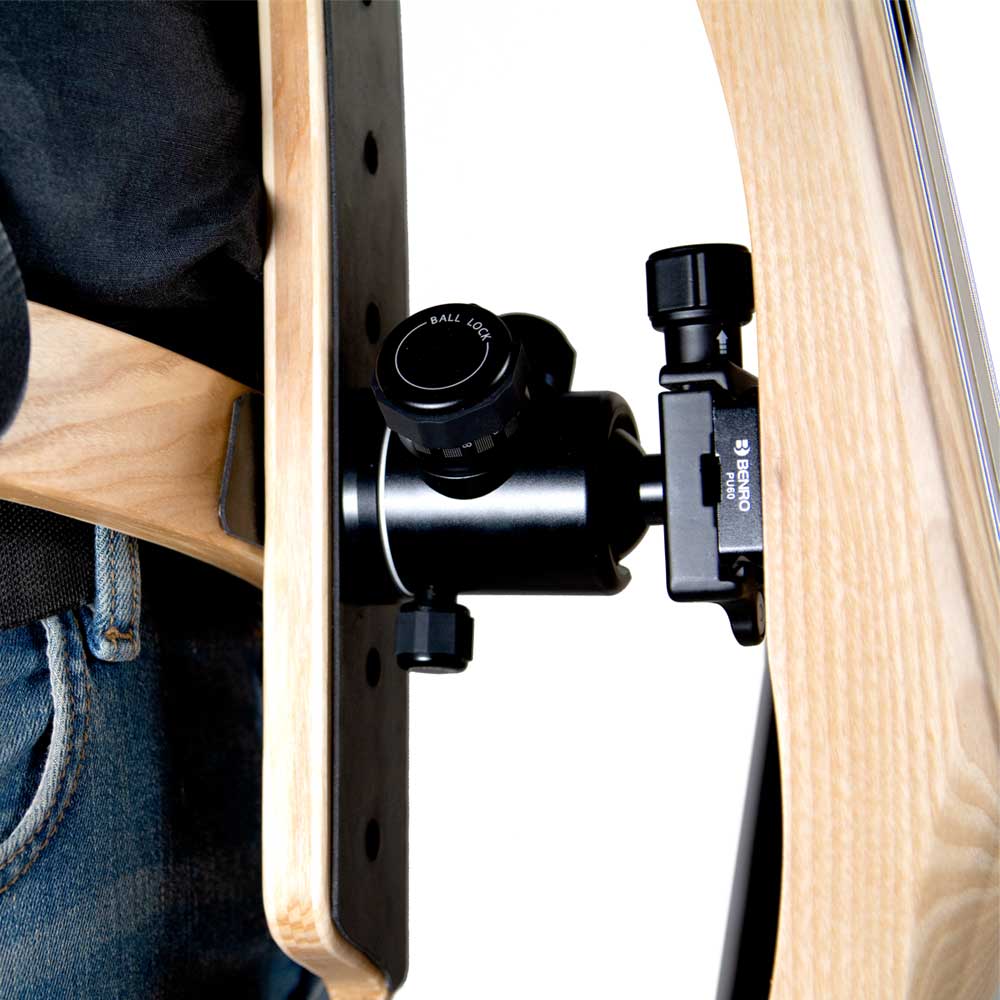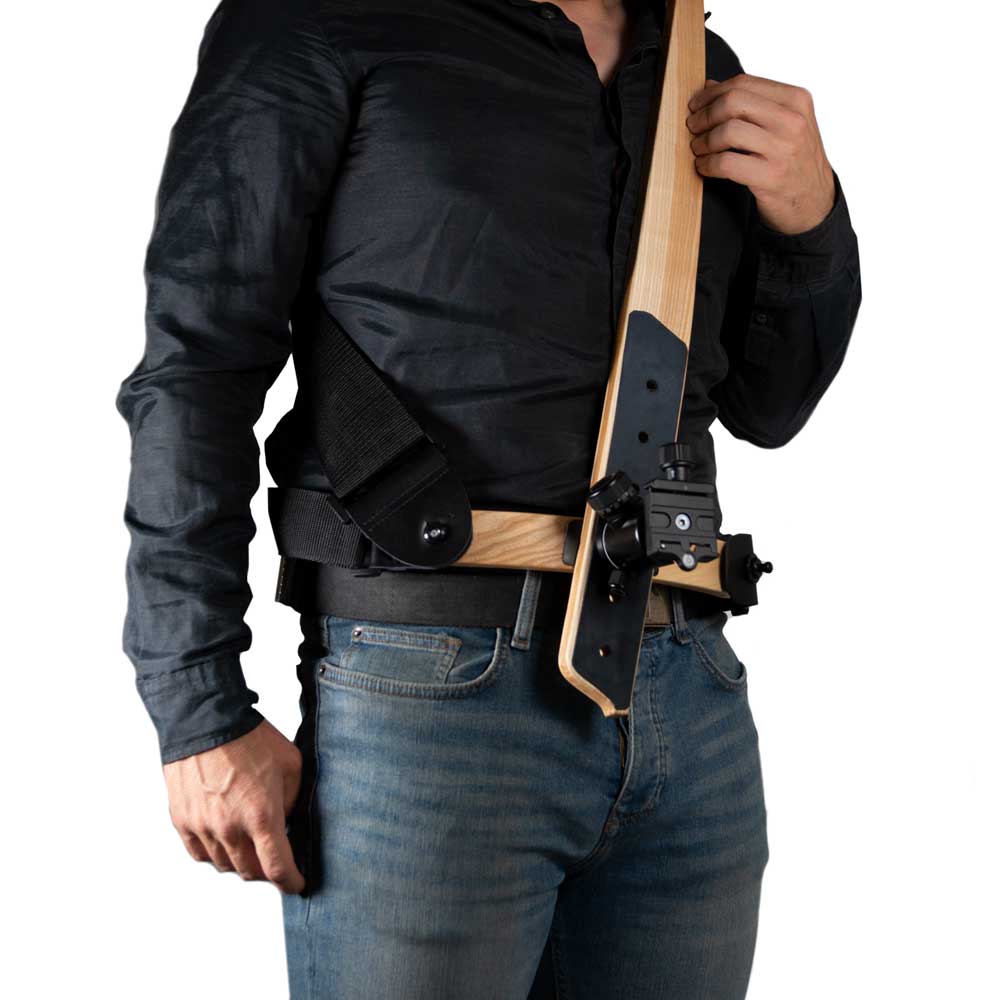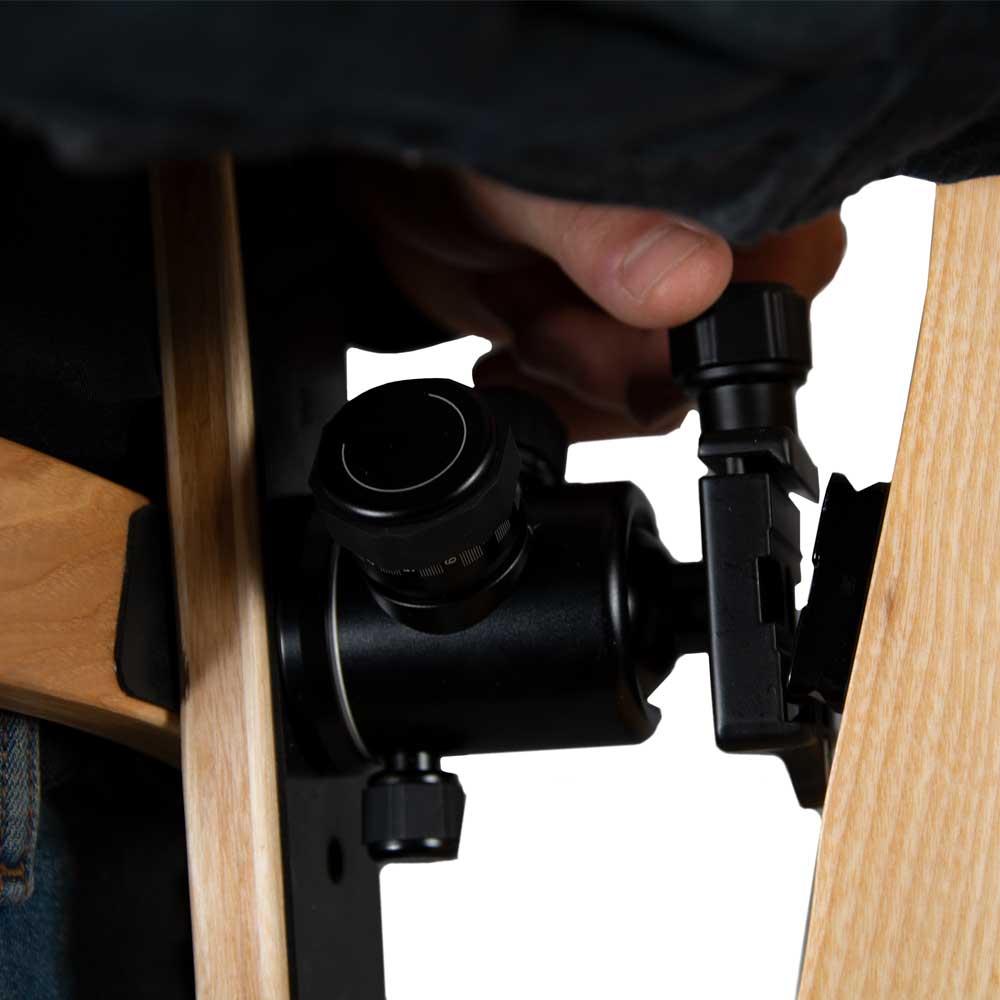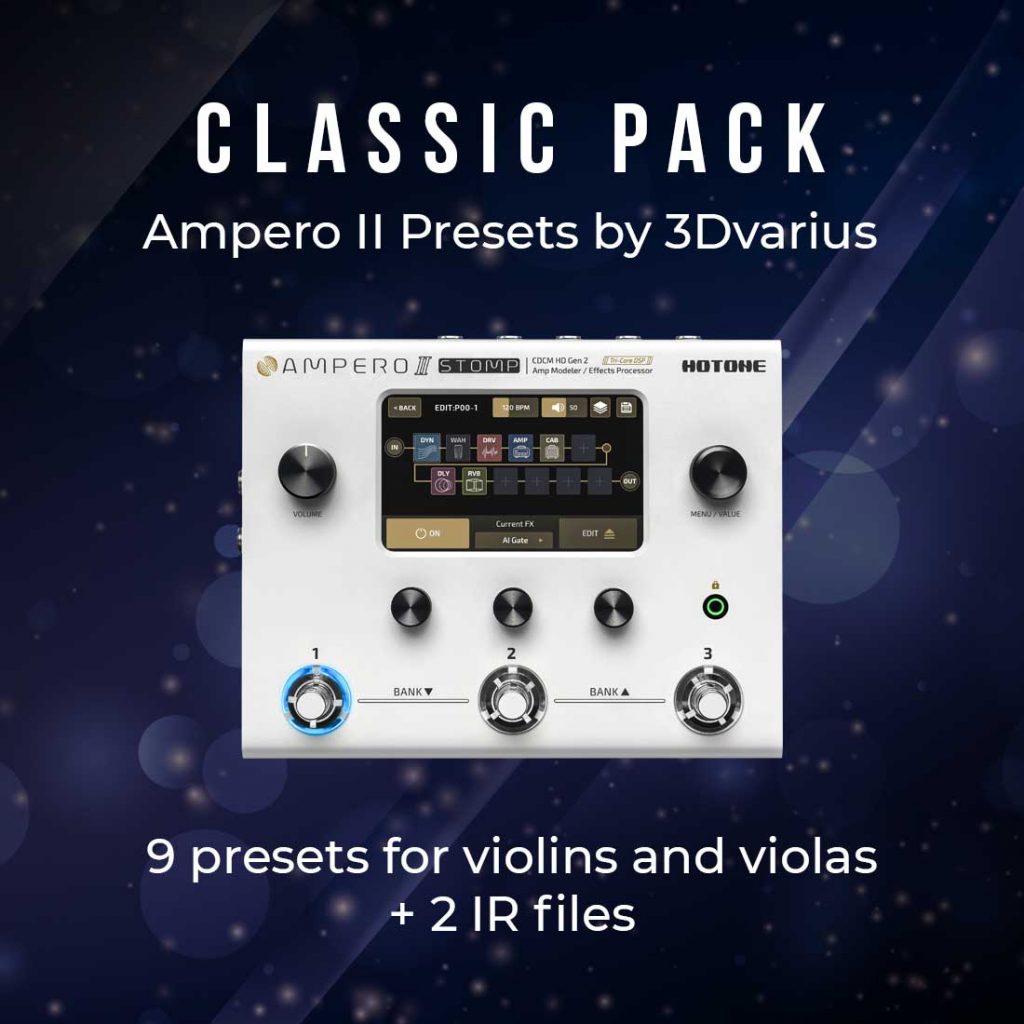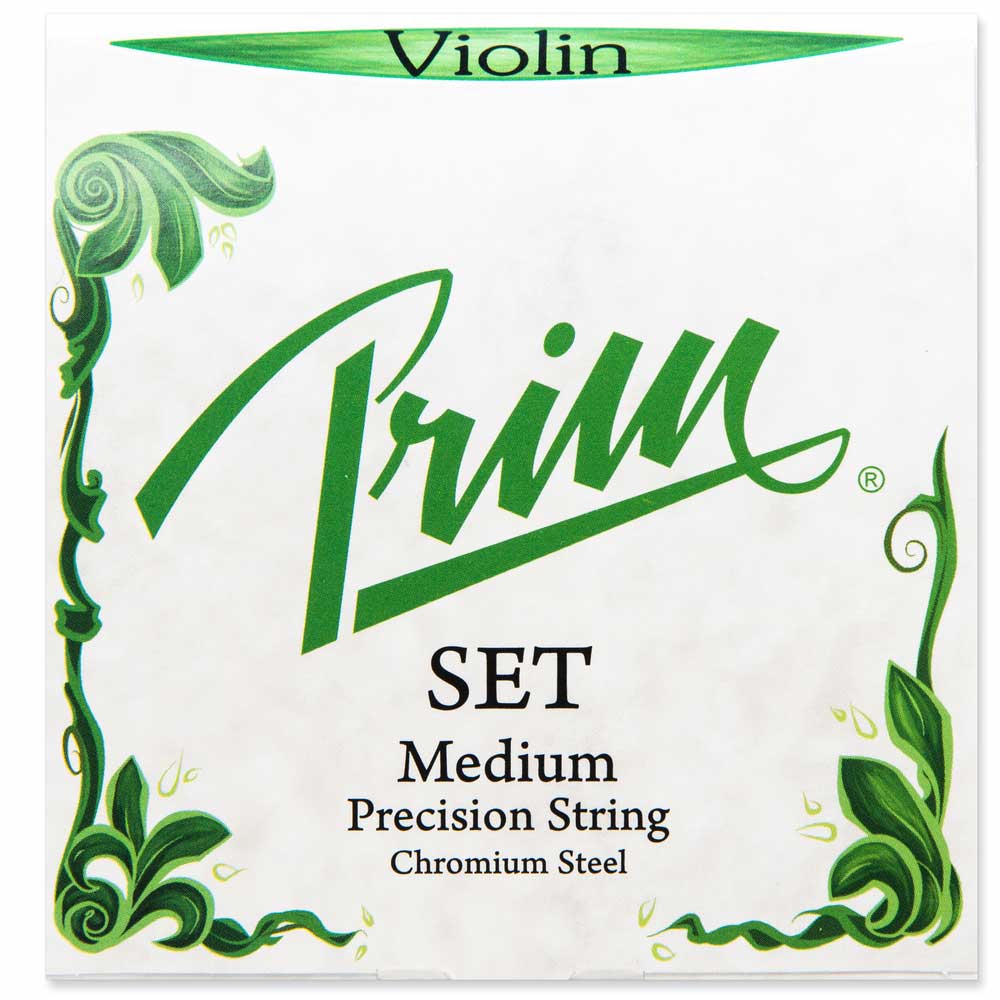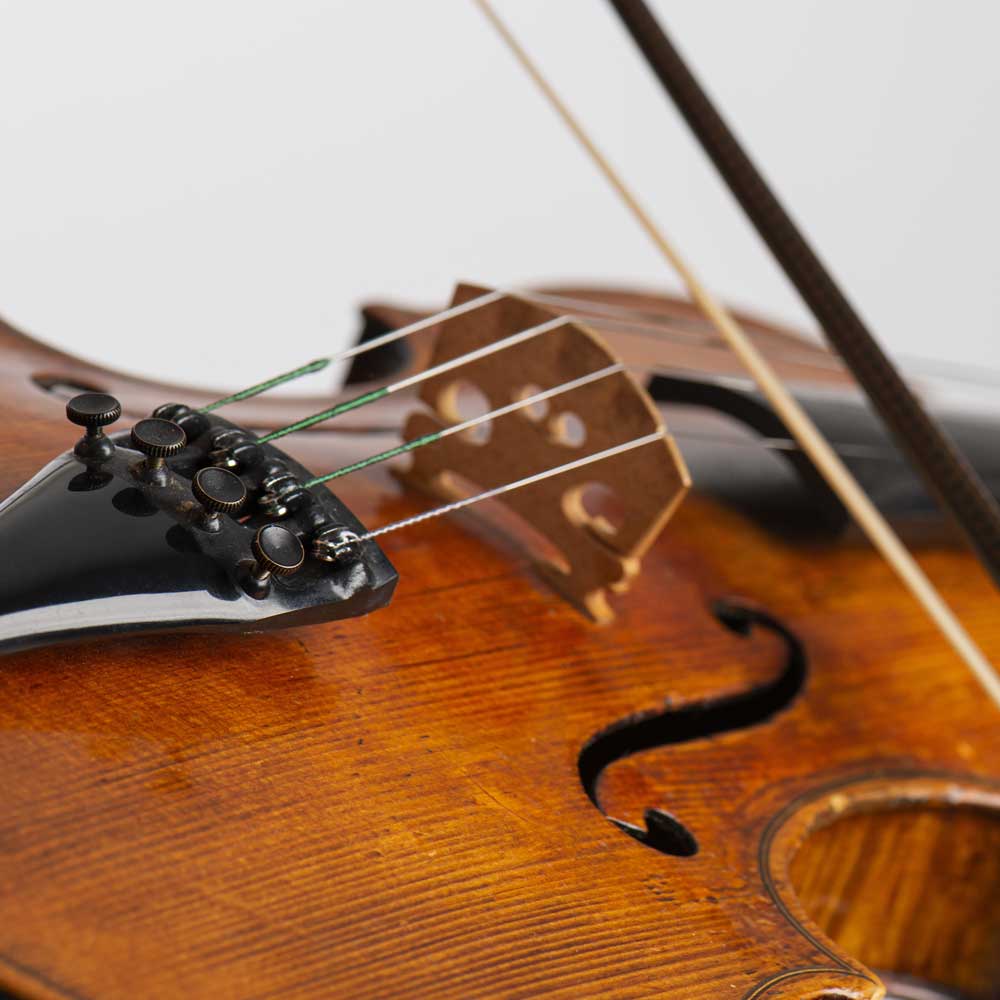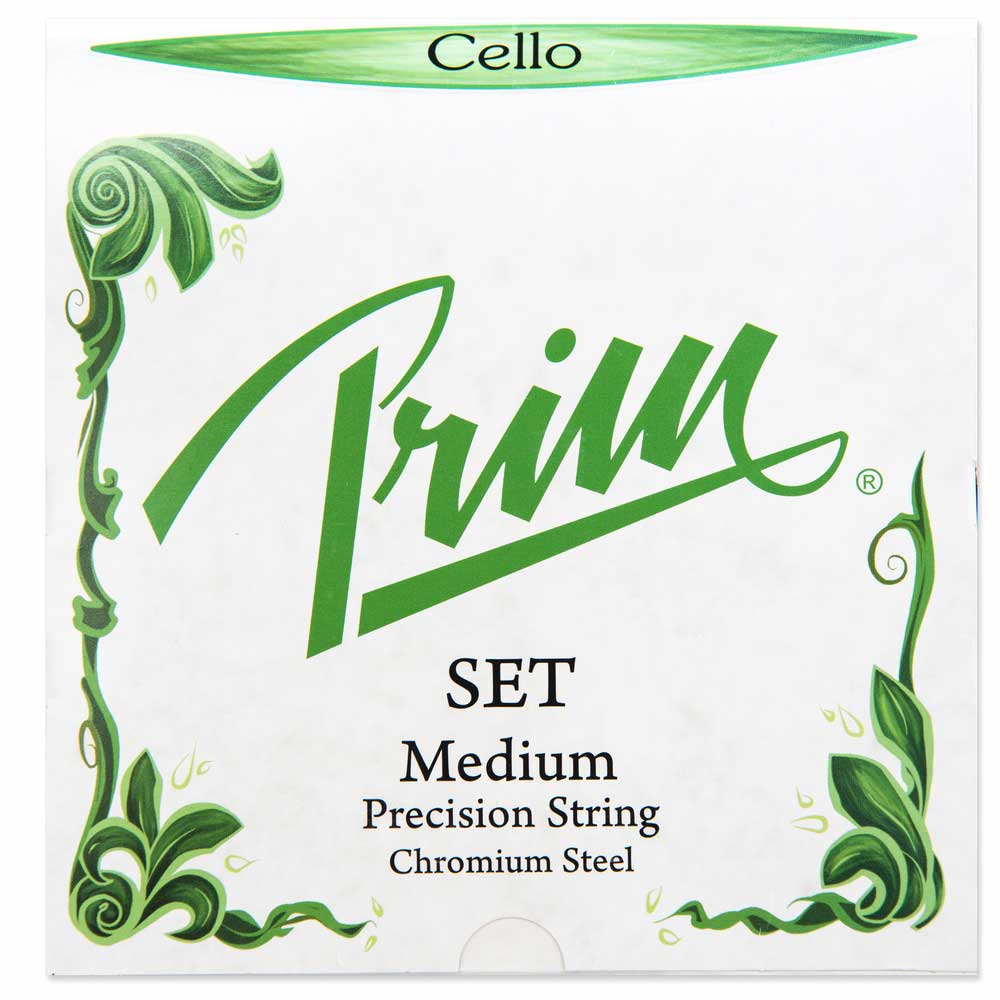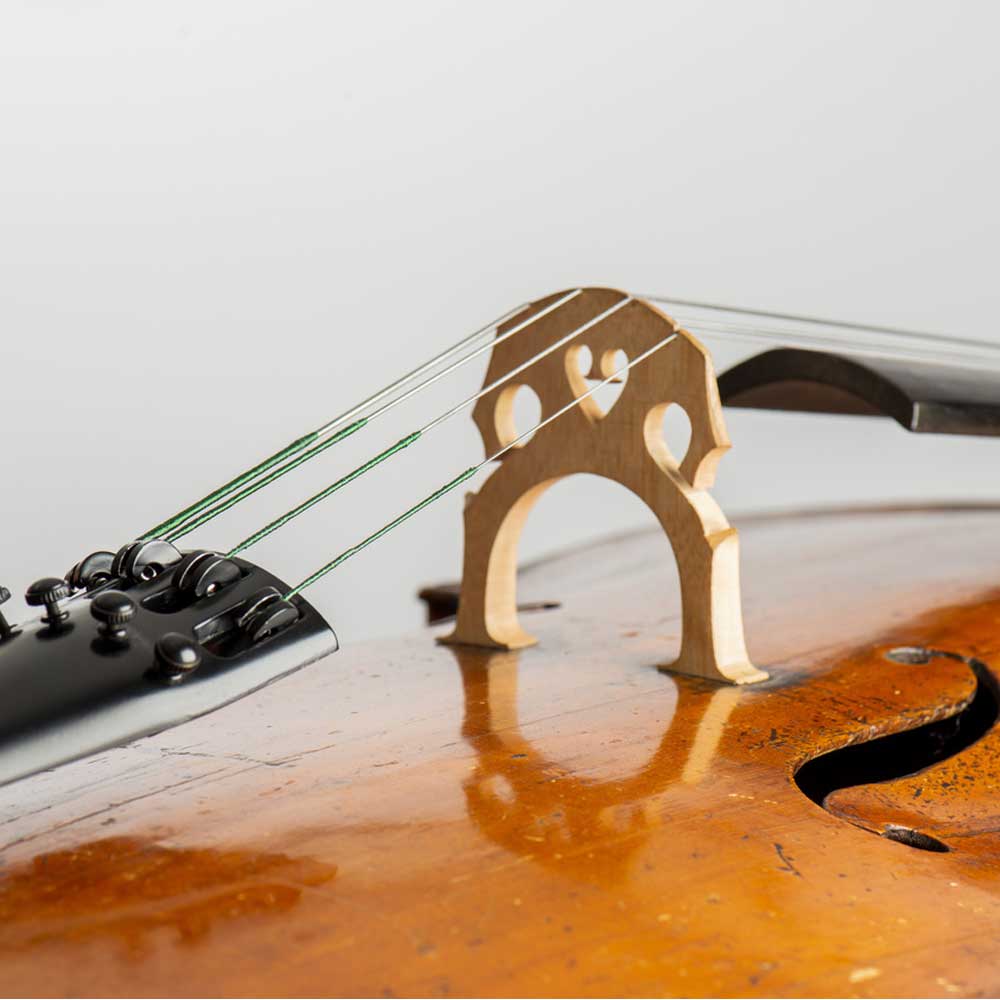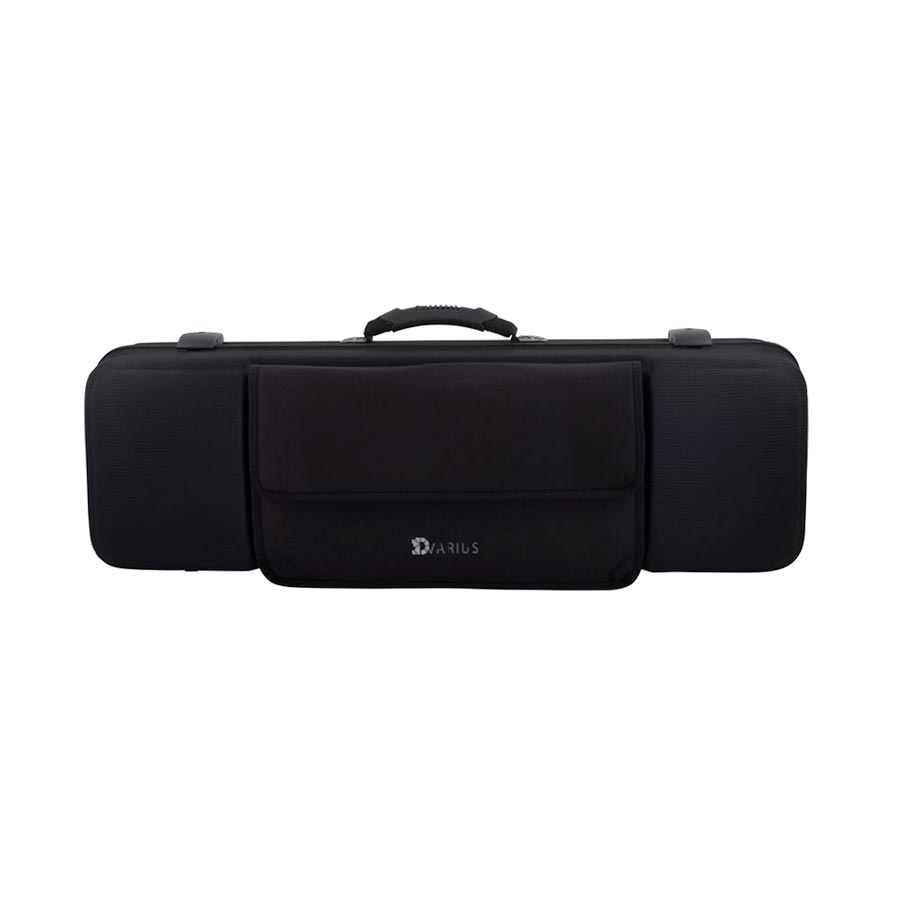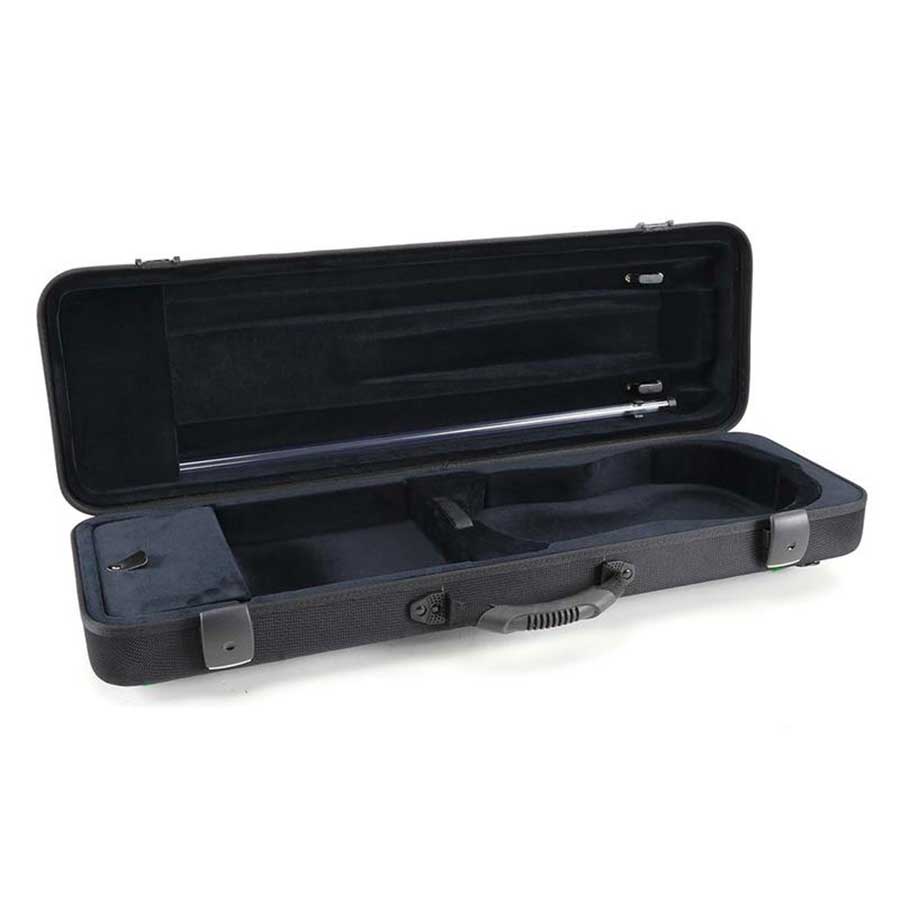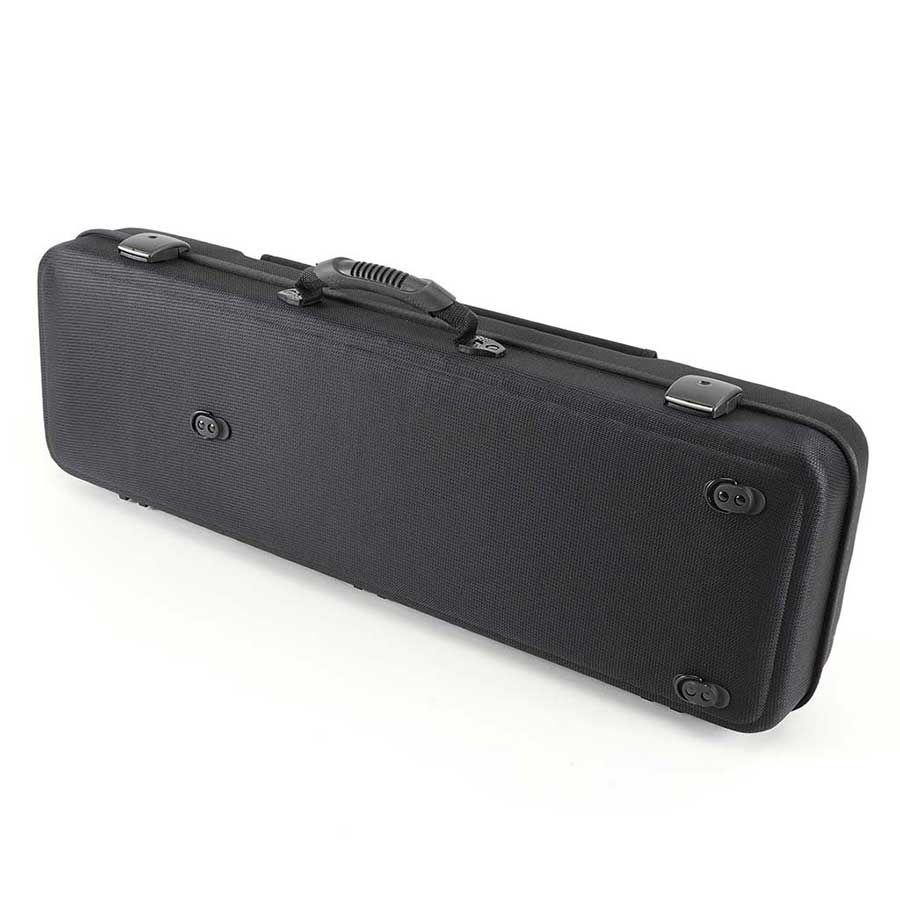Electric violin rhymes logically with sound transformation and therefore effects. There are dozens of effects that will allow you to change the sound of your electric violin.
You have just acquired your first electric violin and the universe of effects may be unknown to you. It’s quite normal, when we learn classical violin, we are neither trained nor prepared to get into the electric.
For everything related to effects, you will have to go through:
- either single effect pedals placed in a row and attached to a pedalboard
- or a multi-effects processor
Note that you can also use your mobile phone or tablet to create effects. But this solution is not really professional; the effects are not of a high quality. However, this is a very good solution for a beginner or if you just want to try using effects with an electric violin.
3Dvarius created Electric Violin & Viola Presets and integrated them in Hotone Ampero multi effects pedal. You can now get one effects pedal already configured for your electric violin or viola. You just have to plug and play!
We released new effects for the new processor: Ampero II Stomp for violins, altos and cellos. We added also special presets collection for this model.
The difference between single pedals and multi-effects processors
Both elements are usually designed for electric guitars (and not for electric violins, which will require some adjustments) Multi-effects processors and single-effects pedals have the same goal: transform the sound of an instrument by applying effects. But they will have more or less different characteristics.
We have listed the most common effects used by electric violinists.
Multi-effects processor
A multi-effects processor looks like the one on the picture. It groups all the effects into one single big pedal. All the effects contained in the multi-effects processor can be used and associated with any other to create new effects.
The first advantage will be its cost. In fact, investing in a multi-effects processor will be much cheaper than buying dozens of single-effect pedals. Small precision, a single-effect pedal is not excessively expensive. But if you want to have the same number of effects as those contained in a multi-effects processor with single-effect pedals, then you will need a large budget.
For a price lower than a bunch of single-effect pedals put in a row, multi-effects processor will allow you to create dozens of effects: distortion, wah (if there is a wah pedal on your multi-effects processor), delay, reverb, equalizer, overdrive, chorus, phaser and more.
Generally, some effect chains are already saved into the multi-effects processor. Unfortunately, these effects are rather designed for electric guitars. And they are not really compatible with electric violins. Because electric violins have different frequencies. As a result, some effects are difficult to exploit. It is necessary to rework them in order to get a great sound.
To do this, always favor a multi-effects processor with a USB socket in order to modify and create new effects with your computer, save them and transfer them to the multi-effects processor.
If it seems too complicated for you, we have one solution! On our shop, we offer effects processors already configured for electric violins, cellos and violas.
They integrated some effects adapted for electric violins, cellos and violas like distortion, bass, acoustic sound, harmonizer, overdrive and more. You just have to plug and play by using effects!
Discover some effects preset in these videos. The first effects were done with the Ampero II Stomp, and the second ones are done with the Ampero processor.
Single-effect pedals in a row
These are much smaller pedals. Each will play a role in your effect chain. One will be to adjust the distortion, the second for the overdrive, the third for the delay, etc.
As long as you only use 2 or 3 pedals, everything is easy to handle. But as soon as you accumulate pedals, everything becomes more complicated.
The pedals must be positioned in a certain order to obtain a clear and interference-free sound. It is necessary to have some knowledge to know in what order to place them. And the more there is, the more there is a risk of blast at the end of the sound chain.
Discover how to create your own effects chain?
Each single-effect pedal costs less than a multi-effects processor. But if you want to find all the effects offered by a multi-effects processor, you will need a large budget! In addition, you will need to invest in a support on which all pedals will be attached. Which complicates moving around: the weight will become a real discouragement when traveling…
However, these effects pedals have the advantage of being adjustable live. The buttons are on the pedal and you will just have to bend over to add gain for example. This can be more complex to achieve with a multi-effects processor since only the level button is easy to reach. You have to enter into the settings of the multi-effects processor to update an effect. It’s an impossible task in the middle of a concert!
So, multi-effects processor or single-effect pedals for a beginner?
Quite frankly, if you’re new to the electric violin and its effects, look no further and favor a multi-effects processor. It will certainly be difficult to handle at first because of its many buttons and settings. But once you have read the user’s manual and made some tests, you should find very interesting effects.
Unless you are interested in only one or two effects in order to round off the sound of your electric violin. In that case, combining two small single-effect pedals in a row will be easier to implement.
In this video, you can watch Matt Bell, American violinist, he is using one 3Dvarius electric violin and one effects processor.
Some tips for you to consider when choosing a multi-effects processor
-
- Check its material structure (plastic or metal)
If you’re going to use it with your feet and maybe use it in concerts, then prefer a metal structure. It will be more resistant and its service life will be increased tenfold…
-
- With push pedals
If you have to play live, these little push pedals will allow you to change effects with the foot without the need to touch any button.
-
- With an expression pedal
In order to manage sound level or use wah wah effect.
-
- With a USB connection
The USB plug is essential to modify, create and save new effects!
And for a professional violinist?
If you are a professional and want to perform on stage, then it will be a matter of knowledge and personal choice. Some violinists prefer the single-effect pedals, others find them superfluous and prefer the multi-effects processor.
The transportation should also be considered. If you have to fly, you may be limited by the weight of your luggage. A multi-effects processor weighs between 2 and 3kg and each single-effect pedal about 500g. This weight problem has led us to use multi-effects processors in many of our trips. At 3Dvarius, we currently use the Hotone Ampero and the Ampero Stomp II.
We will not recommend any single-effect pedals, there are so many… Feel free to watch videos on the Internet, even if the tests are done with an electric guitar. You can always change the settings to suit your electric violin.
Images: Hotone, Unsplash – @hfranke, @gabrielgurrola

